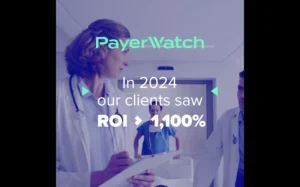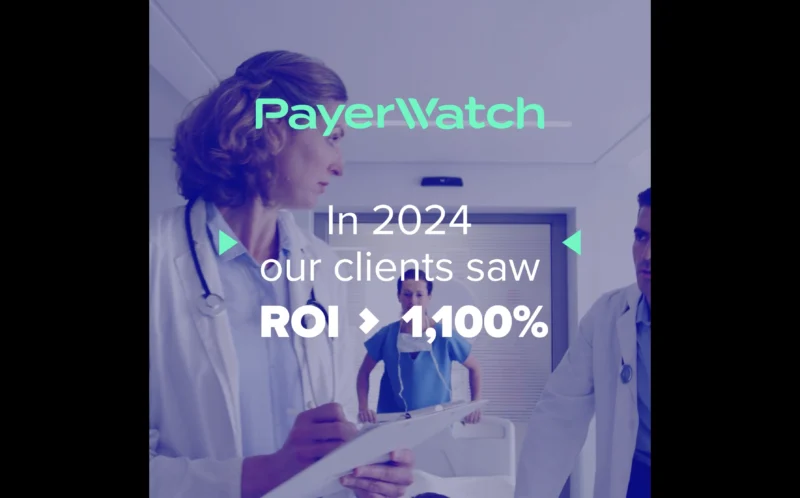What Blockchain Means For Health Care in 2019
The health care industry has long been plagued by inefficiency and complex, independent systems to collect the troves of data thrown its way. Now, a new report from PricewaterhouseCoopers highlights the benefits that adopting a blockchain system can have on a hospital’s network infrastructure and for the patients and doctors in the middle of it.
Blockchain, often associated with cryptocurrency, is a new development in the IT world. Regarding the health care industry, its focus lies on decentralizing network paths that enable the flow and transfer of information. Blockchain is best defined as a decentralized ledger of all transactions in a network. This eliminates the need for a third-party intermediary to confirm transactions within a network—one of the biggest problems slowing down the health care industry.
Streamlining data is important for an industry that handles not just a high volume of data, but also highly sensitive and impactful data for patients. From supply chain management to risk and regulatory functions, there is an incredible amount of work that ends up in the hands of a third-party entity.
“With blockchain technology, each company in the supply chain would control one or several nodes. Each time a company entered into a transaction with another company in the supply chain, that transaction would be recorded and validated on the blockchain. This would simplify the transfer of data and allow product recipients to validate their provenance with greater certainty,” the report stated.
It would also significantly simplify transaction reconciliations and data transfers. According to the report, “blockchain makes it easier to transfer, share and check data automatically, processes that now require numerous (and sometimes manual) handoffs as a product moves through the supply chain.”
There are even implications that spread to the doctors and physicians themselves. One of the many time-consuming tasks of being a licensed doctor is credentialing. Each physician in a practice submits an average of 18 applications for credentialing each year.
That requires 80 minutes—including 69 minutes of staff time and 11 of physician time—per physician, according to The National Association of Medical Staff Services. NAMSS conservatively estimates that most physician credentialing takes more than 120 days, while health plan enrollment takes 60 to 180 days.
The Council for Affordable Quality Health care estimates that payers spend more than $2 billion each year maintaining provider databases, and according to the report, 75 percent could be eliminated by establishing a single source of truth, such as a blockchain. This method saves money for the providers and frees up doctors to visit more patients and transfer their data without mistakes.
Blockchain technology is going to change the way major health care providers manage data. The system has the potential to save billions in lost revenue and drastically reduce error when it comes to patient data and pharmaceuticals. In order for this network to function, however, it is imperative for other companies to participate.
According to PwC, “While 49 percent of health care technology executives surveyed by PwC in its 2018 global blockchain survey said their companies were developing blockchain solutions, many also said they understood they would need to work through challenges on the way to implementation…Constructing a governance structure agreeable to all parties can take time and effort.” This time and effort seems destined to be worth it for the future of the health care industry.
For the latest news, videos, and podcasts in the Healthcare Industry, be sure to subscribe to our industry publication.
Follow us on social media for the latest updates in B2B!
Twitter – @HealthMKSL
Facebook – facebook.com/marketscale
LinkedIn – linkedin.com/company/marketscale







